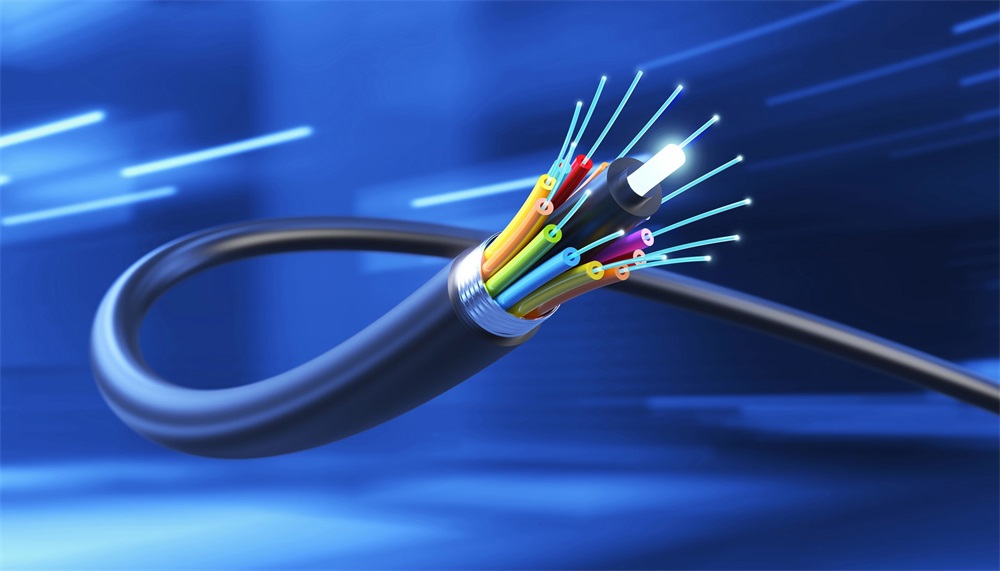Fiber optic cable is a cutting-edge technology that has revolutionized the way information is transmitted over long distances. These thin strands of glass or plastic are designed to transmit data as pulses of light, offering a faster and more reliable alternative to traditional copper wiring.
One of the key advantages of fiber optic cable is its ability to transmit data over long distances with minimal loss of signal strength. This is achieved through the process of total internal reflection, where light signals are bounced along the inside of the cable without escaping, ensuring that the data reaches its destination intact.
Another benefit of fiber optic cable is its high bandwidth capacity, allowing for the transmission of large amounts of data at incredible speeds. This makes fiber optic technology ideal for applications that require high-performance connectivity, such as streaming high-definition video, online gaming, and cloud computing.
Moreover, fiber optic cable is also immune to electromagnetic interference, making it a secure and reliable choice for transmitting sensitive information. This makes it particularly well-suited for industries that demand secure data transmission, like finance, healthcare, and government agencies.
In recent years, the widespread adoption of fiber optic cable has transformed telecommunication networks around the world, enabling faster internet speeds, clearer phone calls, and more reliable connectivity. As technology continues to advance, fiber optic cable will play an increasingly critical role in shaping the future of communication.
In conclusion, fiber optic cable represents a major advancement in communication technology, offering unparalleled speed, reliability, and security. Its impact can be seen in various industries and applications, driving innovation and connectivity across the globe.
Post time: Jun-11-2024

